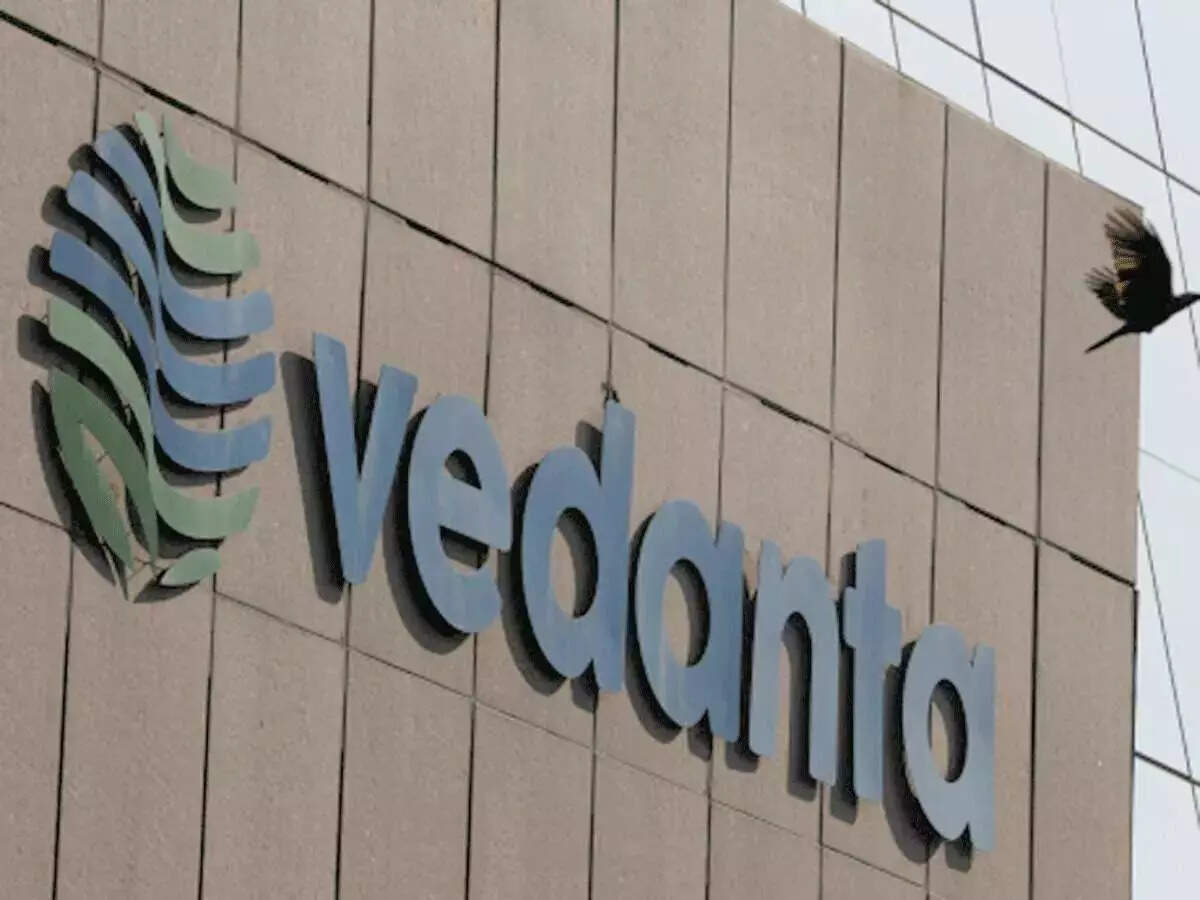
Hindustan Zinc will play a pivotal role in transforming Vedanta to ‘Vedanta 2.0’, a critical mineral, renewable and technology company, said chairperson Priya Agarwal Hebbar, even as borrowings are no longer a major concern for the natural resources firm.
“Hindustan Zinc is a kind of crown jewel for Vedanta, and both zinc and silver are very, very critical for the future,” Hebbar told ET in an exclusive interview. “Silver, specifically, has a very aggressive and ambitious story.”
Vedanta has been vocal about increasing its heft in the domestic production of critical minerals, including newer ones. Earlier this year, it had also announced a road map to achieve $10 billion in operating profit through a host of projects.
Vedanta owns nearly 65% stake in Hindustan Zinc, which houses the company’s zinc and silver operations in India. While the production of both the critical minerals hit all-time highs in 2023-24, Hindustan Zinc is setting sights on extracting more.
“When Vedanta took over Hindustan Zinc, experts had told us that there’s nothing much left. And today, we are at 1.2 million tonnes of metal (annual output). So, the potential is massive, and our hope is that we can reach 2 million one day,” said Hebbar, who is also a non-executive director at Vedanta.
The country’s largest producer of zinc-lead, and by-product silver, is looking at increasing production of zinc by at least 5% each year, while the aim for silver is to get to 800 tonnes, and then 1,000 tonnes over the next 12-18 months. Its annual production of mined metal stood at 1.08 million tonnes in 2023-24, and that of silver at 746 tonnes.
“Silver has emerged to be a very significant component over the years as part of Hindustan Zinc… from being a small by-product category to increasing share in revenue,” Hebbar said. “We took the decision to focus a lot more on silver, looking at the potential and the market for silver.”
Hindustan Zinc is also open to strategic partnerships for the usage of silver in the manufacturing sector, especially for medical equipment, wind turbines, electric vehicles and solar panels. “We want to ensure that the silver that they use to build these are done with Hindustan Zinc silver,” Hebbar said.
Even with the industrial usage of silver coming of age, the company is keeping its lens trained on zinc, and recently launched low-carbon zinc, as it looks to cut carbon emissions not just at a company level but also for its clients, while moving its product higher up the value chain.
“Zinc is very important because for sustainable infrastructure you want to ensure that zinc is used for any heavy development,” Hebbar said. “The potential for zinc in the infrastructure for batteries is also exciting.”
She further said: “Zinc could eventually even replace lithium because they have seen that zinc is as powerful, it’s safer and it’s more accessible and cheaper. If zinc can replace lithium, it will be an absolute breakthrough.”
Steel Assets
Hindustan Zinc’s parent Vedanta, which is in the midst of a demerger, is also looking to sell its steel assets. While the intention to sell these assets was announced last year, the company is waiting for the right valuation.
Vedanta is not in any urgency to sell the steel assets and will consider the sale only at the right price and to the right buyer, Hebbar said. “The debt… is not a big problem for us anymore. So, only when we are ready (we will sell), because we are not in any urgent situation at the moment.”
Vedanta had a gross debt of INR 78,016 crore, and net debt of INR 61,324 crore, at June-end.

